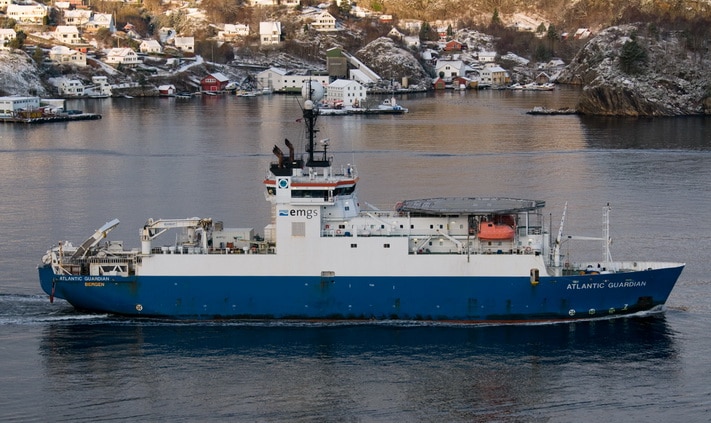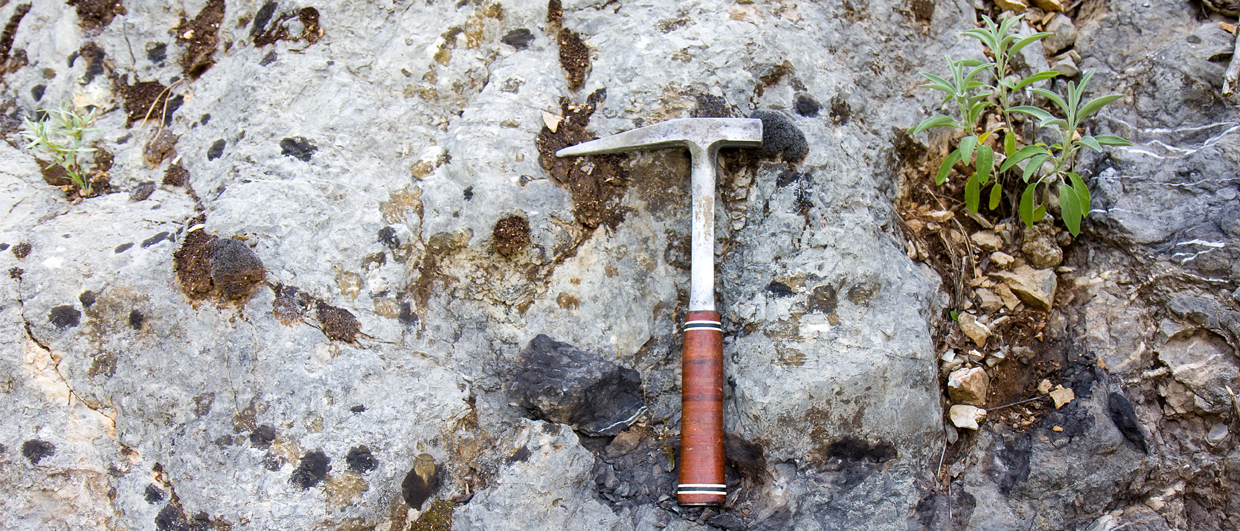Dr. Alfred Wegener made his first expedition to Greenland in 1906 to study polar air circulation. Upon his return, he accepts a position as tutor at the University of Marburg. Feeling frustrated with his career in meteorology, he visits the school’s library. While browsing titles, he finds a book protruding from the shelf and pulls it out. Two words catch his attention: ‘Africa’ and ‘Brazil’. He finds it to be a fascinating compendium on fossils showing identical species from either side of the ocean. The prevailing theory was that the continents were once connected by land bridges that have sunk, thus sharing similar flora and fauna.
Author Clare Dudman writes of Wegener’s thoughts shortly after perusing this book, “I stop. My pen blots the page. I watch the ink spreading through the paper. I shut my eyes. There is another way to form a supercontinent. Behind my eyelids the white outlines of the continents slide together to form one unbroken jigsaw. The idea of land bridges is an unnecessary complication. It is much simpler just to assume that the land masses have moved. It explains the fossil similarities just as well. I know it is right.”
The theory of continental drift is taking shape in Alfred Wegener’s mind.
Whether or not that was how Alfred Wegener first came up with the idea that continents can move around is immaterial. Clare Dudman conveys Alfred’s actions, thoughts and voice persuasively as the reader is transported to a different time, into the thinking of this great scientist.
His Life’s Journey
The book, Wegener’s Jigsaw (US title: ‘One Day The Ice Will Reveal All Its Dead’), allows the reader to join Alfred Wegener on his journey through a very remarkable life. Growing up in Berlin, Alfred’s early explorations and fascination with science would guide the rest of his life. He set early hydrogen ballooning altitude and endurance records. Dudman poignantly follows his college days and his first Greenland expedition. There, the reader can feel the cold, hunger, and sometimes desperation that Wegener felt as well as his remarkable accomplishments such as using balloons to measure the atmosphere and surviving long treks across Greenland’s icefields in the winter’s darkness. Learn about his theory on how craters were formed on the moon, how ice flows, how raindrops form; live in the trenches during WWI; and enjoy his family life with three daughters and his remarkable wife, Else. Be with Wegener while he develops his Continental Drift theory and listen to his detractors, all the while remaining determined to prove his theory. Finally, take his journey back to Greenland to learn, map, and explore beyond any previous Arctic expedition.This is a story that is sure to inspire and thrill.
The Author
Clare Dudman was born in North Wales and educated at Leicestershire comprehensive schools, the University of Durham and King’s College London. She has a PhD in chemistry and is now an editor with the Writers Workshop. Clare actively gives talks and writes about her research, having written four novels and numerous short stories.
In writing her book Wegener’s Jigsaw, Clare was inspired not by literature, but by Arthur Holmes’s Principles of Physical Geology, where she learned about Continental Drift. She says, “Scientific books can be powerful – just as powerful as any others because the ideas are concrete: Charles Darwin’s Origin of Species must have changed many lives, and he in turn was changed by Thomas Malthus’s Essay on the Principle of Population.”
It is obvious from the start that the author researched into everything she could find. To her surprise, she found very little written in English for the general reader and how little Wegener’s important ideas are known today. She was able to piece together her information for this book from various German sources. Particularly helpful were Wegener’s many papers and biographies written by his wife, Else Wegener, and German author, Ulrich Wutzke. To add Wegener’s voice to this novel, Ms. Dudman uses his expedition diaries and recorded comments from various conferences on Continental Drift.
The novel is based on real events but fictionalised by altering some details to add structure to the story. The book concludes with an extensive reading list about and by Dr. Wegener.





